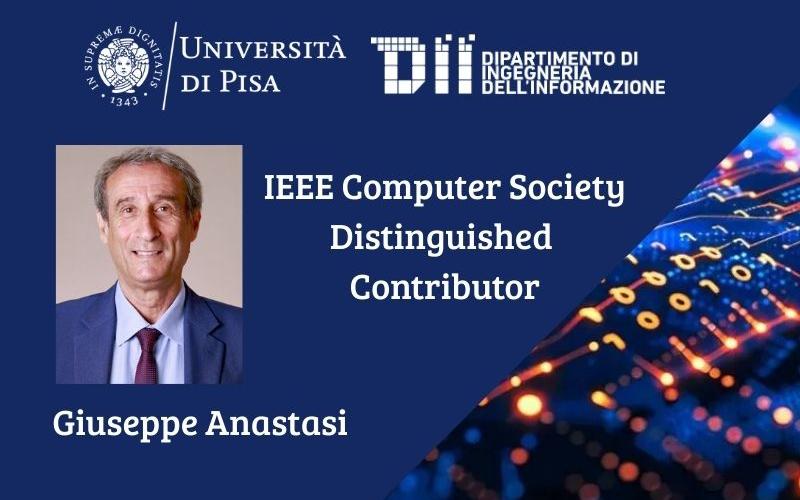La nomina a Distinguished Contributor (DC) premia i membri e gli affiliati della Computer Society che hanno apportato contributi tecnici significativi e continuativi alla IEEE Computer Society, alla...
Leggi tuttoTelecommunications and Transmission Systems Labs

The labs are devoted to:
- Massive computer simulation of communication systems for terrestrial and satellite applications; testing of algorithms for performance optimization (synchronization, equalization, channel estimation, interference reduction, nonlinearity compensation), adaptive modulation and coding, resource allocation techniques, signal processing for communications etc.).
- Design and analysis of terrestrial and satellite telecommunications systems compliant with current and future generation standards using software simulations; the main activity is based on the development and test of novel physical layer algorithms for channel equalization, synchronization techniques, adaptive modulation and coding, resource allocation methods, signal processing for multiple-input multiple-output (MIMO) systems, massive MIMO networks, Global Navigation Satellite Systems; experimental research is also carried out in the field of wireless sensors and electronics for automotive, agriculture and IOT applications, including the characterization of materials employed in millimeter and optical devices
- Prototyping, testing and measurements on wireless and wired transmission equipment
People: Ruggero Reggiannini and Michele Morelli (coordinators), Antonio D'Amico, Filippo Giannetti, Vincenzo Lottici, Marco Moretti, Luca Sanguinetti, Vincenzo Lottici
Projects:
- SVI.I.C.T.PRECIP. (alias "Nefocast"), funded by the Tuscany Region, link: http://nefocast.it/;
- CONCEPT 2018 (COmmunication and Networking for vehicular CybEr-Physical sysTems), funded in the context of PRA 2018, University of Pisa, 2018-2020.
- MISSISSIPPI (MISura di Segnali Irradiati da Satelliti per la Stima dell'Intensità delle Precipitazioni PIovose), funded by the University of Pisa in support of the realization of technological demonstrators (TDs); envisages the development of a TD and related patent application;
Labs Equipment: receiving station for Nefocast satellite link; software defined radios devices for research and prototyping, 3D printer, mini wind tunnel for test of fluid-dynamic sensors, micrometric manipulator for millimetric measurements, hardware rack (National Instruments) with analog and digital I/O interfaces, for FPGA-based implementation of transmitting and receiving functions of modems as well as any other kind of signal processing; other instrumentation (spectrum analyzer, signal and noise generators, bit-error-rate meter etc.) that can be connected to a PC server on the IEEE 488/GP-IB bus and remotely controlled via internet, using specific client software running on user domestic PCs; in this way while the instrument set remains in the laboratory, students from home can access the instruments, set the various configuration parameters, make measurements and download the results in text/numerical or graphic form; this is a real distance learning facility, since all plots and data that students observe and manipulate are not the result of computer simulations, but actual measurements on real instruments, with true electrical signals.



